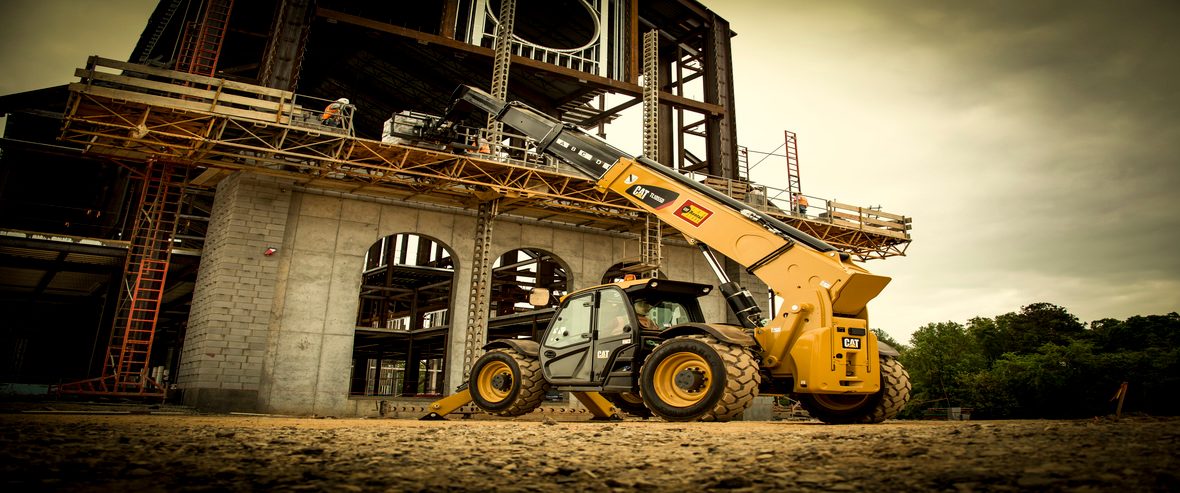
How to Plan a Budget for a Construction Project
Every successful build starts with a plan — and that includes a clear budget. From scheduling project milestones to choosing a general contractor, setting realistic numbers helps you stay on schedule, avoid surprises and keep all stakeholders aligned.
Why Do You Need a Construction Budget?
A construction budget does more than add up costs. It determines how quickly work gets done, what kind of talent you hire, and which technologies or equipment you can use. A well‑planned budget keeps productivity and efficiency high and overhead costs in check while also providing a financial roadmap that reassures clients, investors and partners that your project is set up for success.
What Costs Should You Expect?
Contractors often group expenses into hard and soft costs:
Soft costs typically account for 30% of the budget and include services like permits, designs, insurance and post‑construction activities. They can shift depending on location and scope.
Hard costs use about 70% of a construction project’s budget. They cover tangible items such as building materials, labor and equipment. You can think of your costs in terms of hard vs. soft in order to see where you have control and where you need flexibility.
Here are the main categories to budget for, with examples to make it more concrete:
- Property costs: These costs vary and span land purchase, real estate fees, financing and taxes. Land can take up to 60% of a budget depending on location.
- Professional services and permits: These include architecture, design, surveys, environmental testing and engineering. Licensed civil engineers provide critical approvals. Accurate plans reduce cost overruns.
- Labor: This covers wages, benefits, insurance and subcontracting. Hiring skilled subcontractors or managing your own crews affects pricing. Construction labor is tough to predict, but improving labor productivity helps control costs.
- Materials: From site prep items like pipes and paving to structure elements like framing, roofing, insulation, doors and finishes. Material costs are usually the largest portion of any budget.
- Equipment and tools: Many contractors rent their equipment to avoid high upfront costs. Budget for rental fees, delivery, fuel and operating costs. Consider renting heavy equipment and tools to keep costs flexible.
- Insurance, utilities and taxes: Factor in liability coverage, gas, water, sewer hookups and ongoing construction finance planning.
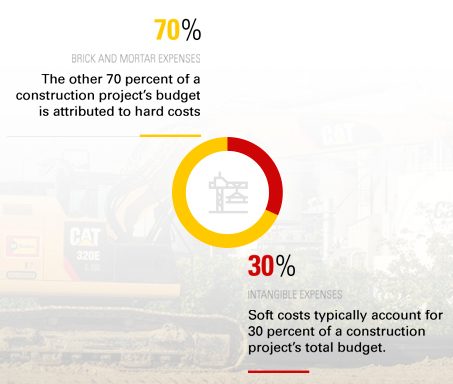
How Do You Choose the Right Equipment Without Blowing the Budget?
Equipment is one of the biggest variables. Buying means high capital and maintenance costs, while rentals give you flexibility to scale. For seasonal work or short‑term needs, rentals are often the smartest choice. With renting heavy equipment and tools, The Cat® Rental Store makes it easy to match machines to your workload and budget.
How Much Should You Set Aside for Contingencies?
Even the best plans face changes — scope adjustments, design upgrades, equipment breakdowns, or unexpected weather. That’s why experts recommend a contingency line item. A safe contingency fund is roughly 3-10% of your budget and protects you from delays without tying up too much cash.
Think of contingency as insurance for your budget: It keeps projects moving when surprises happen. Some projects may even set aside up to 20% if risks are high.
How Can You Keep the Project on Track Financially?
Budgeting isn’t a one-time task. Track costs weekly, compare to your original schedule and adjust quickly. Monitoring expenses alongside milestones improves productivity and efficiency and keeps overhead costs in check. Simple tools like spreadsheets or project management software help spot issues early.
Regular updates also build trust with clients and partners since everyone can see how the project is performing against the budget.
Where Can You Get Help With Budgeting and Equipment?
Budgeting can be complex, but you don’t have to handle it alone. The Cat® Rental Store offers equipment, advice and flexible rental agreements to help you plan effectively. Find The Cat Rental Store Near You to connect with your local dealer and explore options.
Find The Cat Rental Store Near You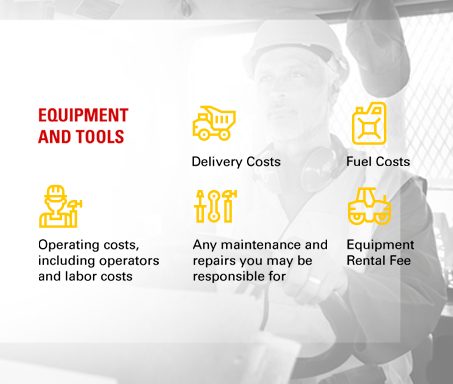
Related Posts
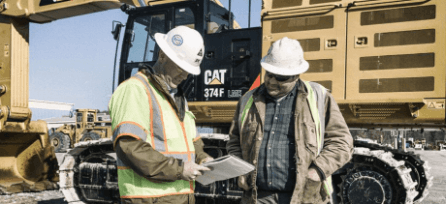
How to Calculate the Cost of Your Renovation Project
Learn how to figure out the cost of your upcoming renovation job and how The Cat Rental Store can help lower those costs.
Read More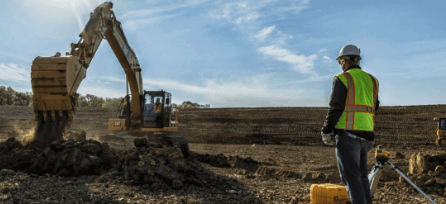
Save on Costs With Rental Equipment
Rental equipment is often a great choice for companies looking to save costs and improve their financial state. Learn more with The Cat Rental Store.
Read More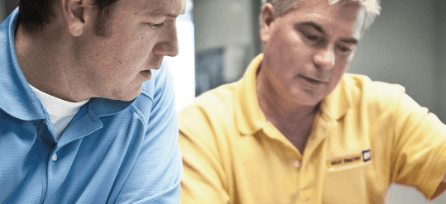
Guide to Construction Bidding
Learn how to find more projects and prepare for the bidding process with our guide to construction bidding. Learn with The Cat Rental Store today.
Read More
How to Finance Construction Equipment
If you're looking to add construction equipment to your fleet, financing is a flexible payment method that helps you mitigate financial risk. Learn more.
Read More